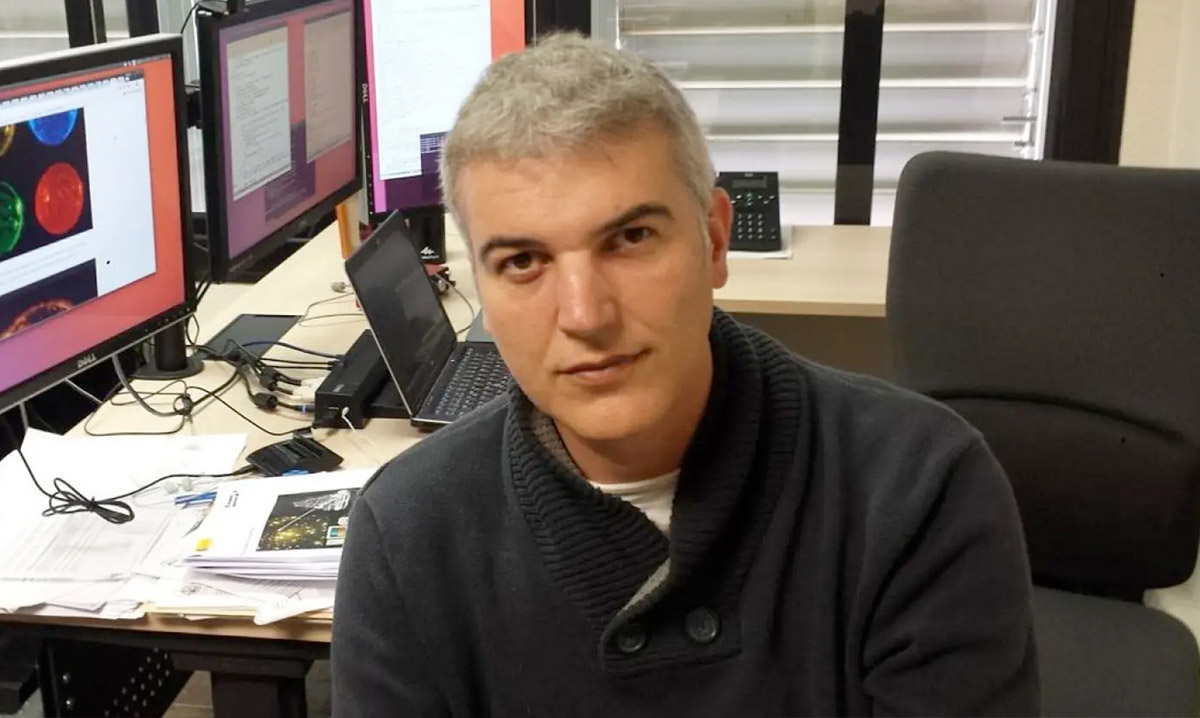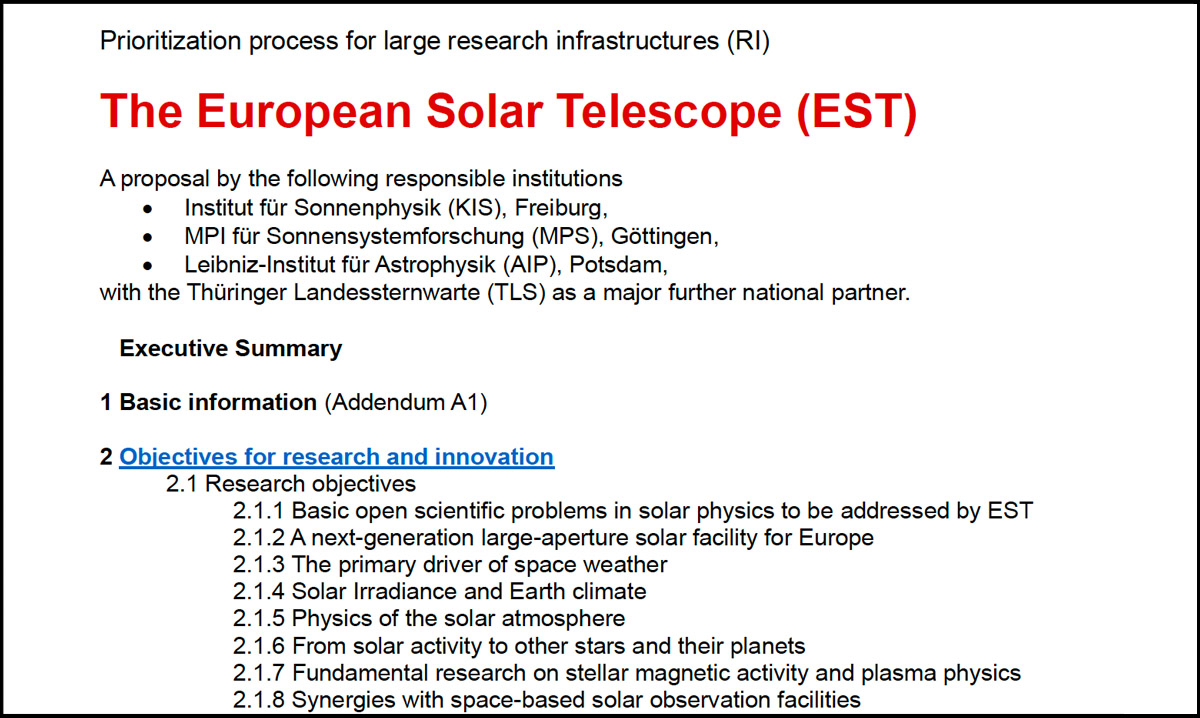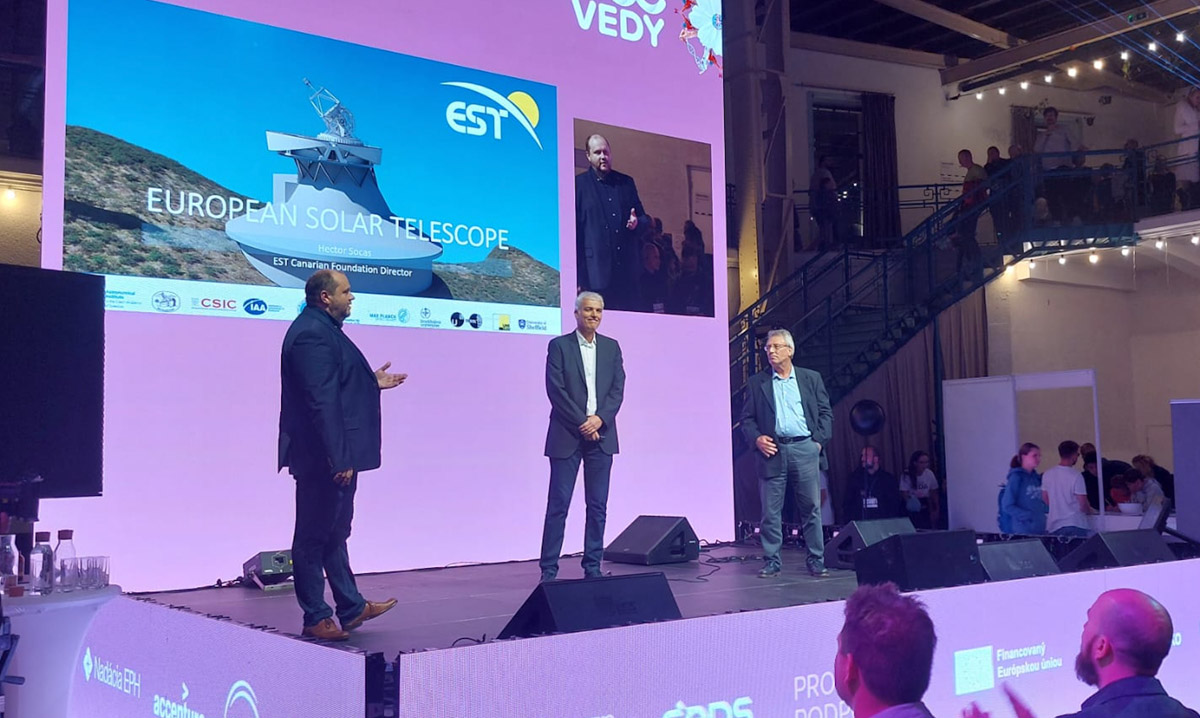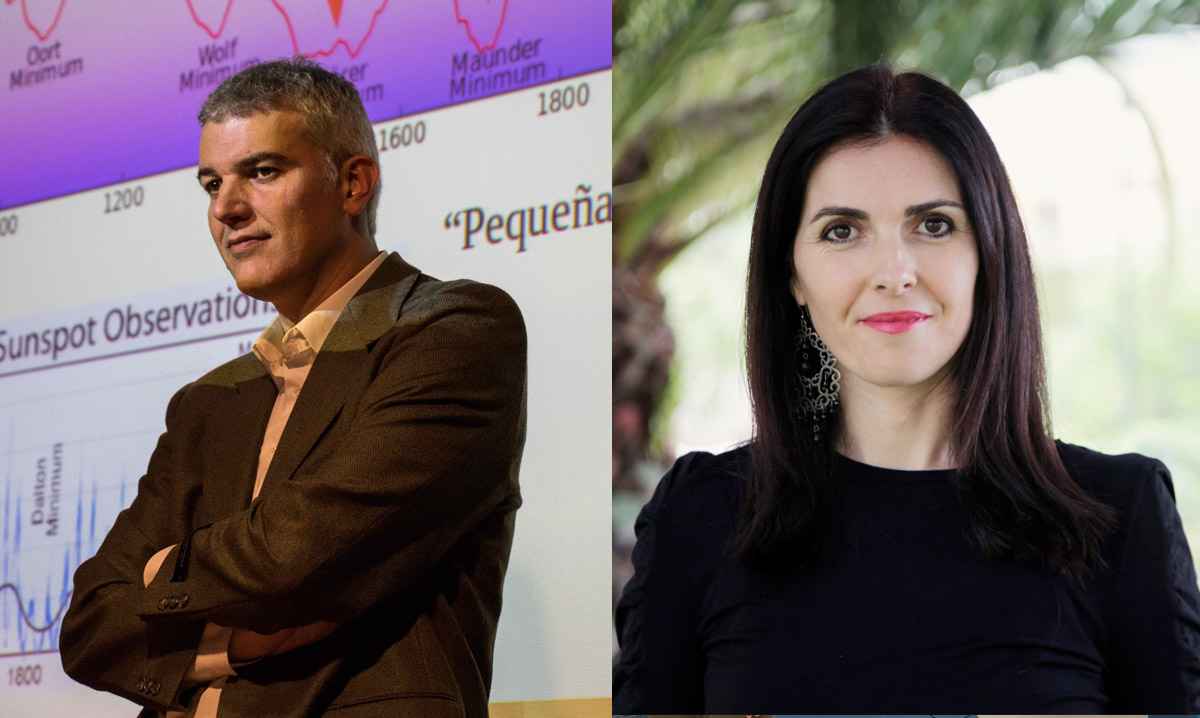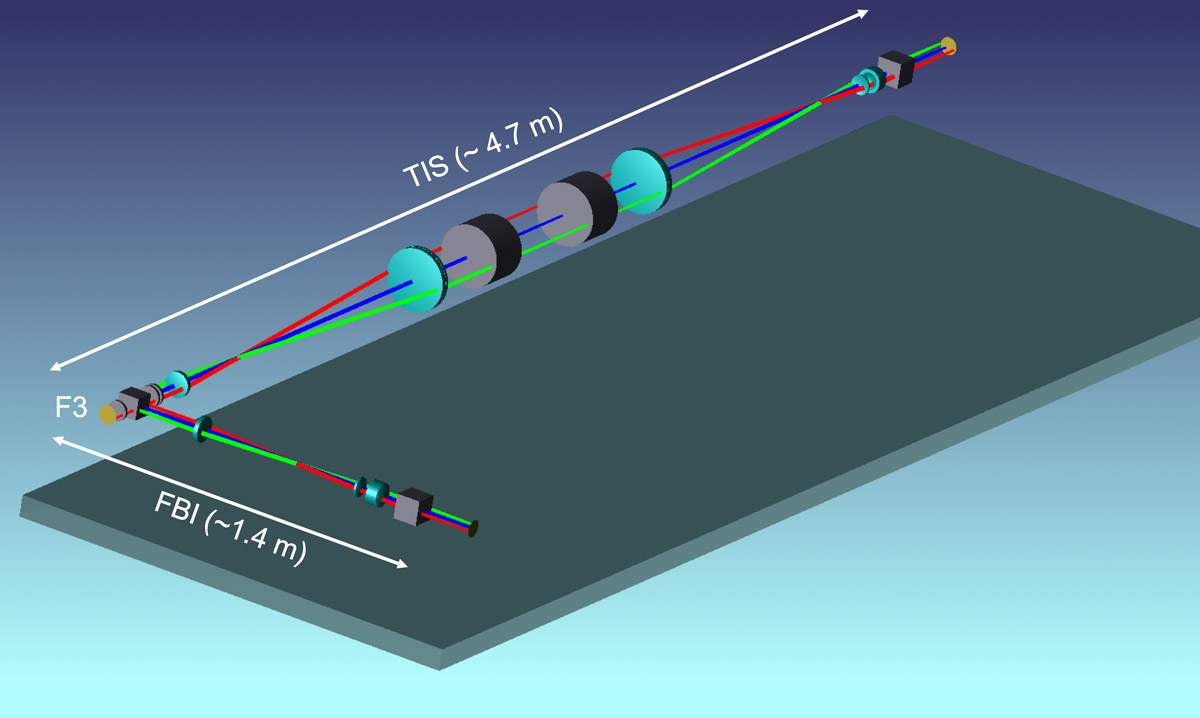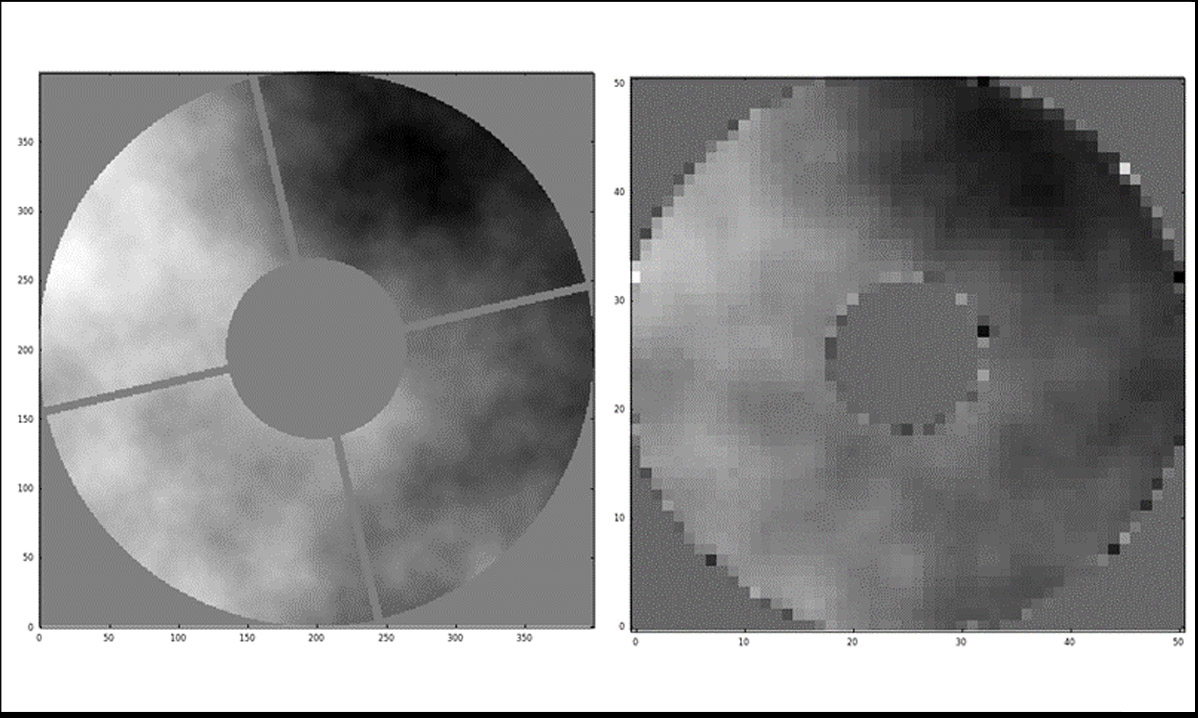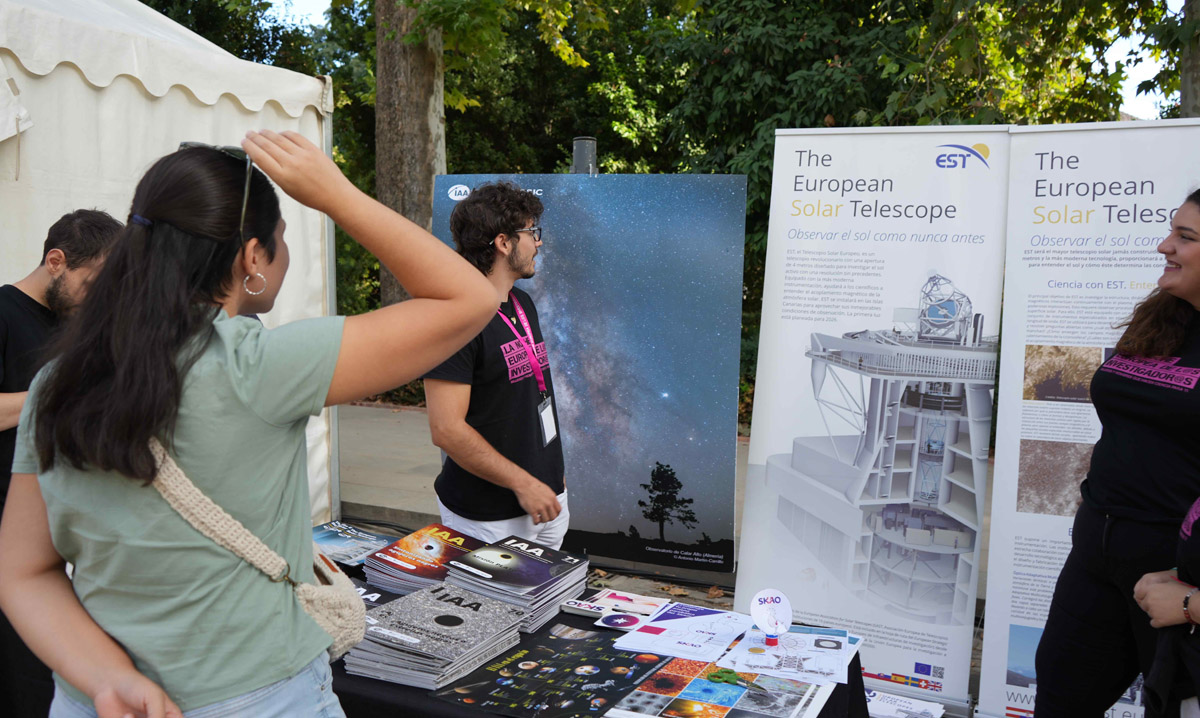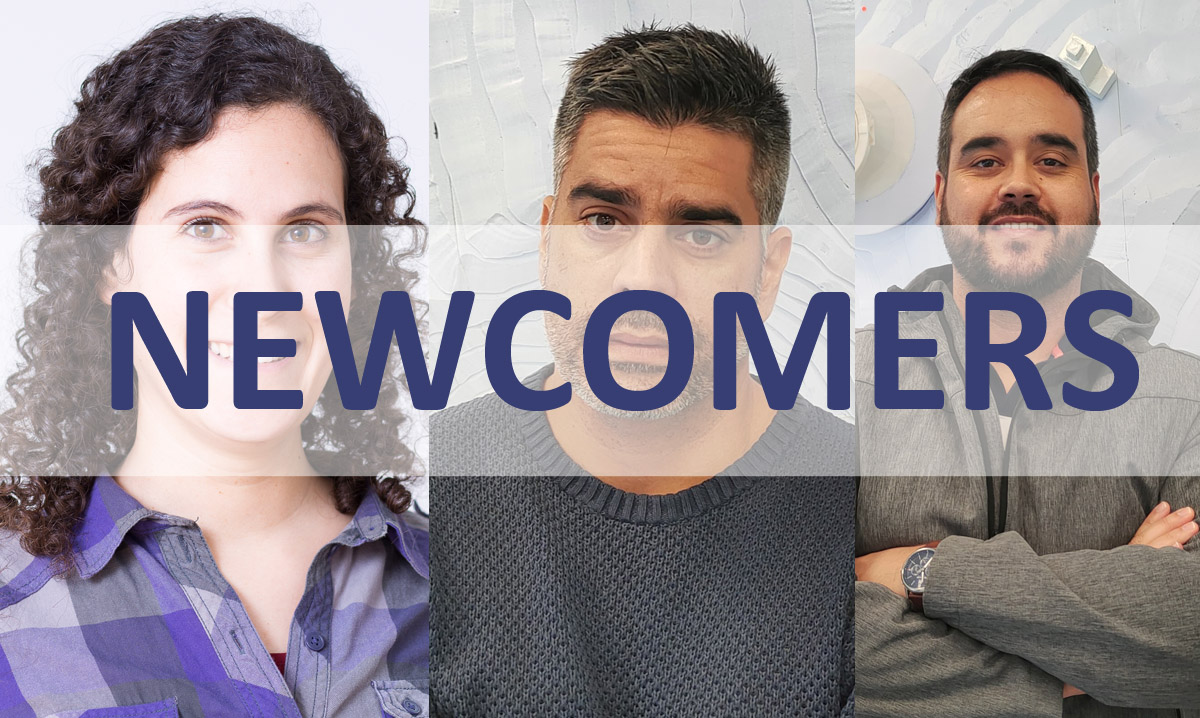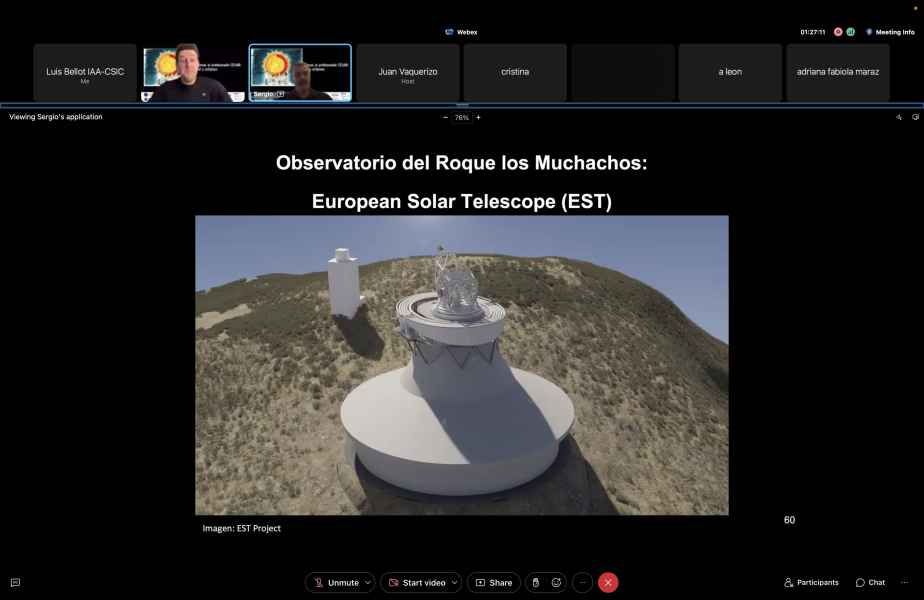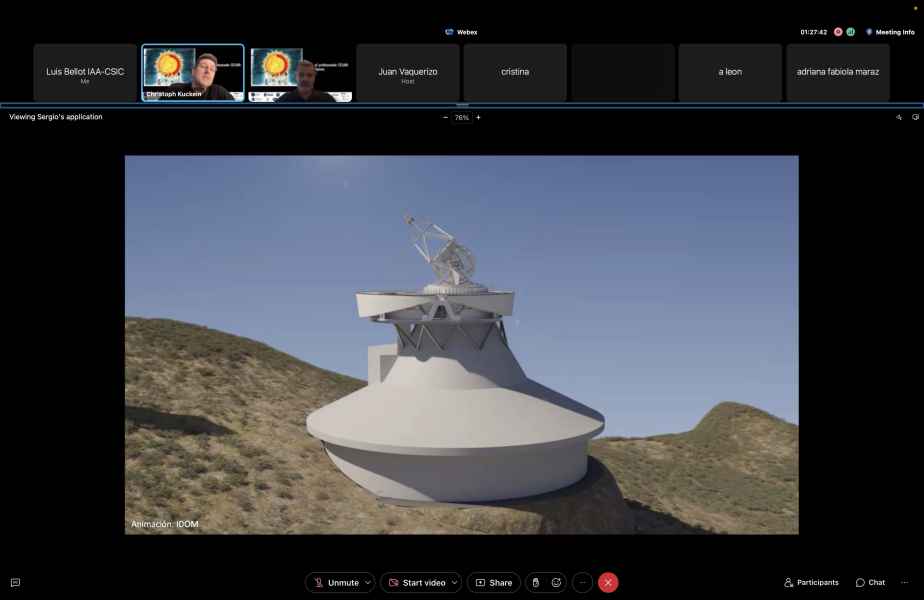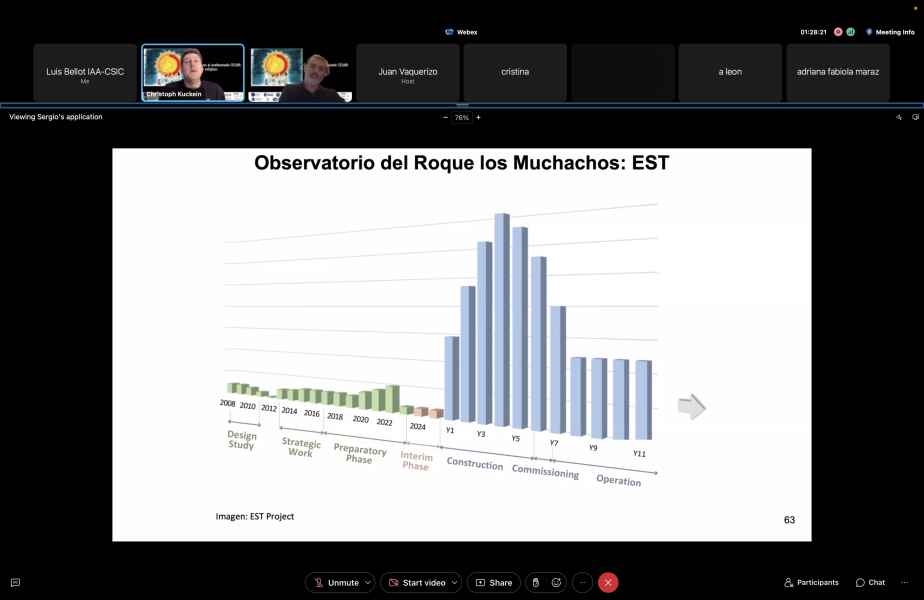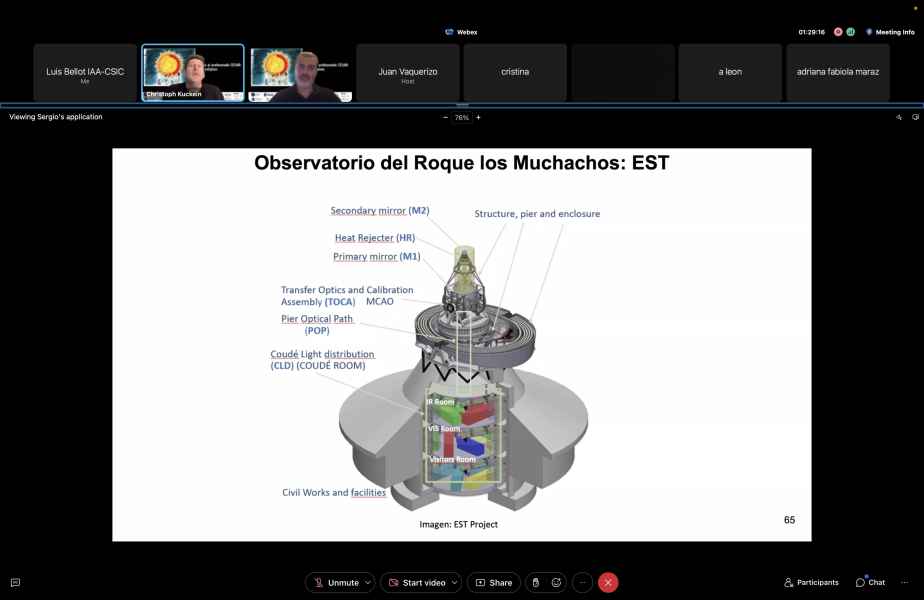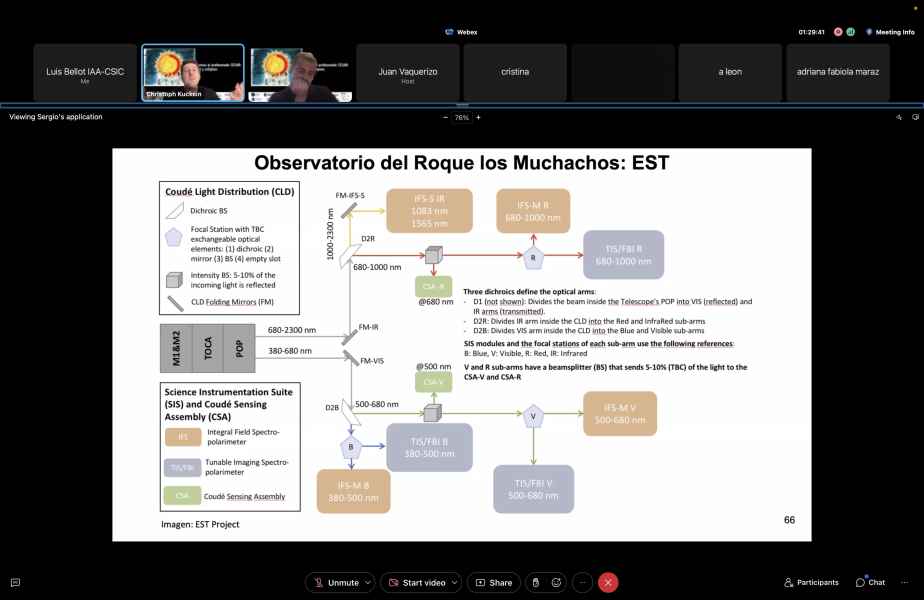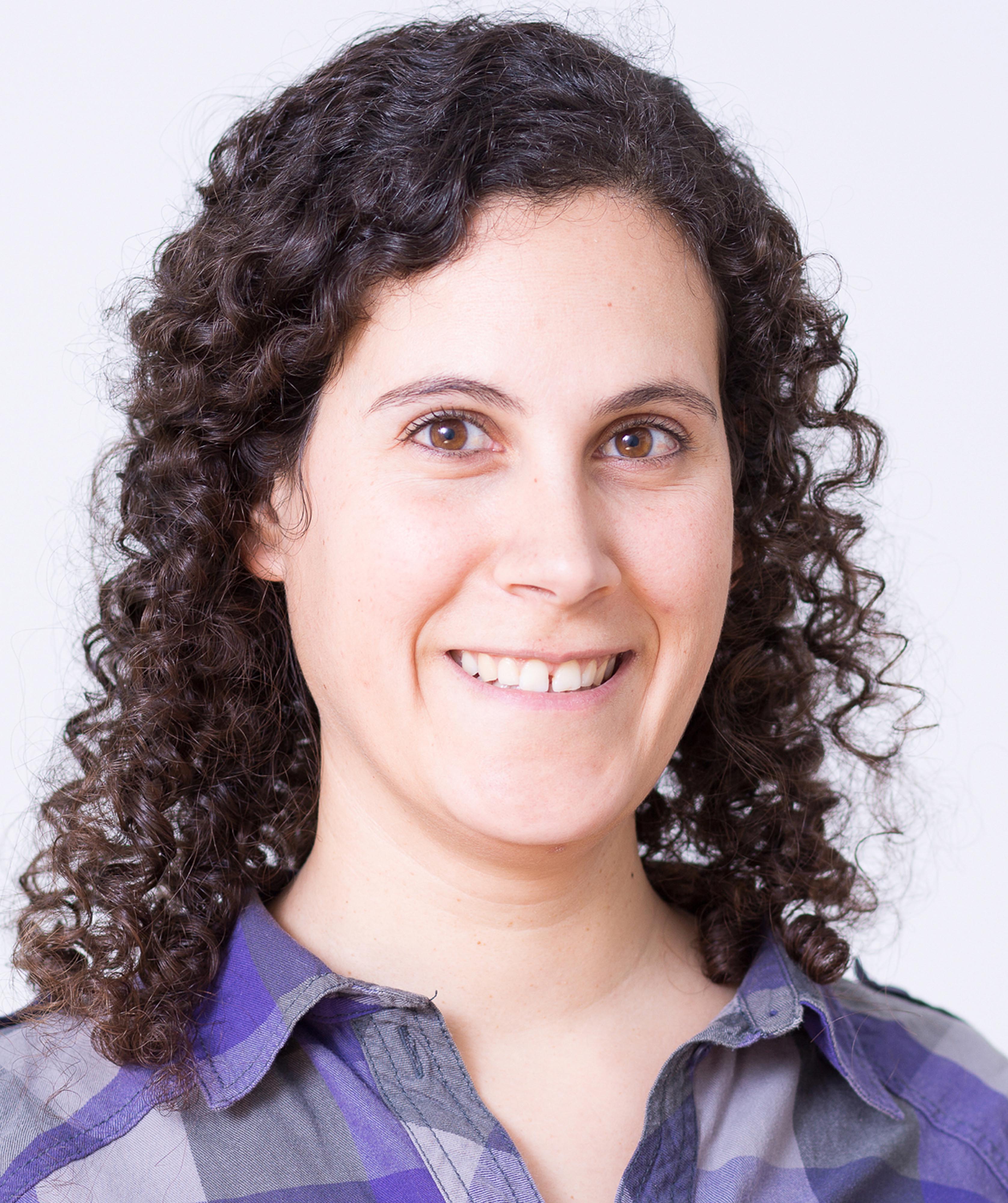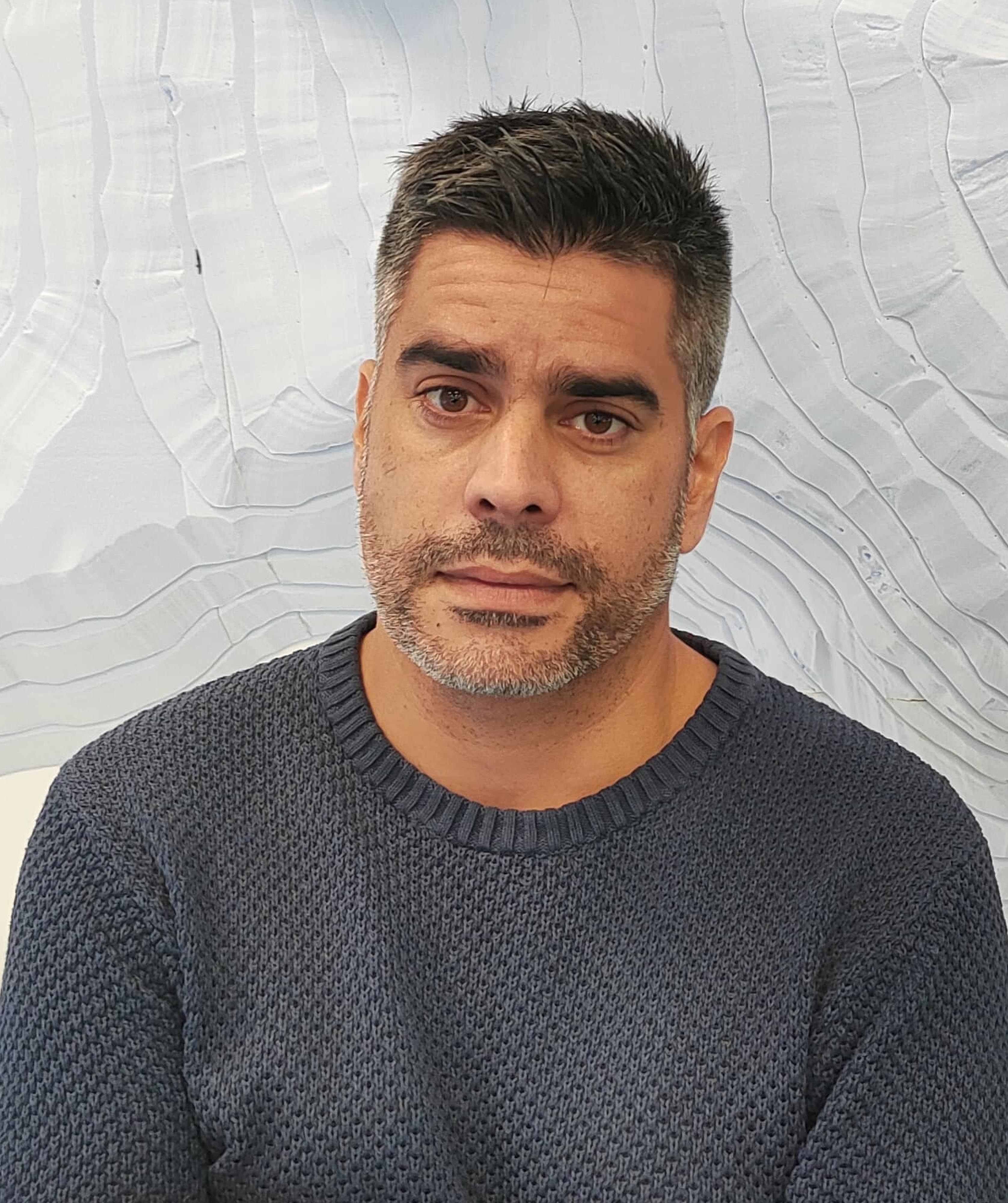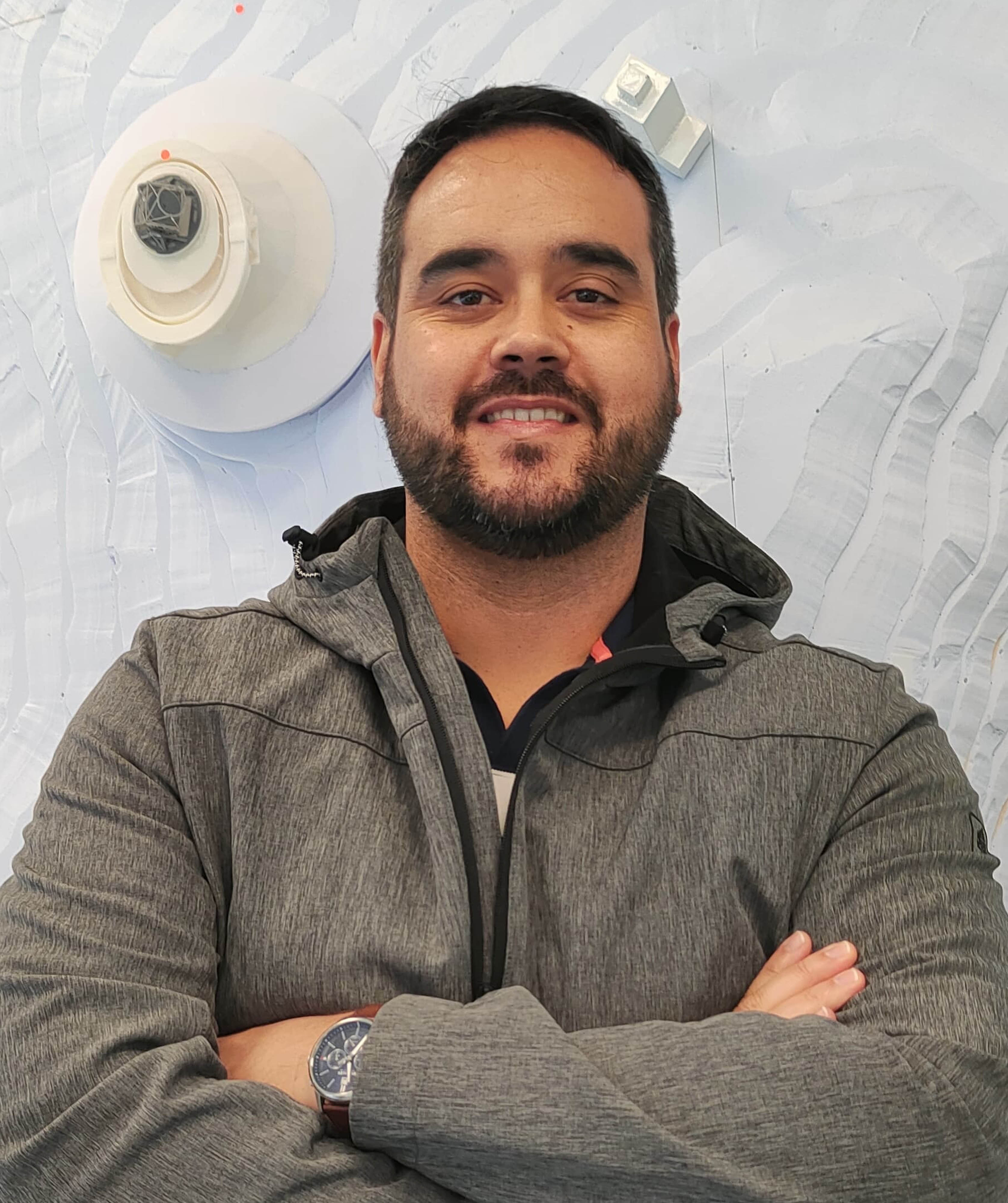The EST consortium is continuing to promote the project through various outreach and communication activities, summarised here.
 IAA-CSIC stand at the European Researchers' Night 2024, featuring the EST rollups and other promotional material.
IAA-CSIC stand at the European Researchers' Night 2024, featuring the EST rollups and other promotional material.
In the second half of the year, the EST project reached several significant milestones which have been duly covered by the EST Communication Office. These include the appointment of the director, administrator, and scientific and technical advisor of the EST Foundation, the acceptance of the Portugese Space Agency and the University of Oslo as observers in the Foundation Board, and the EST optics preliminary design review. All these announcements are accessible on the News section of the EST website.
EST in the media
The dissemination and promotion of the project has also been active across various formats and media outlets. In July, Héctor Socas-Navarro gave an interview to the Spanish newspaper El Español, where he discussed EST and the new phase of the project following his appointment as director of the EST Foundation. A month later, he appeared on the Spanish science podcast Universo de Misterios. In this two-part interview, Socas-Navarro addressed the future of the European Solar Telescope.
Furthermore, Peter Gömöry, vice-president of the Foundation Board, was interviewed in the Slovak TV programme Spektrum 24 of the JOJ 24 channel. Gömöry had the opportunity to present the EST project on this science and technology-focused show, which provides a weekly overview of the latest global discoveries and scientific advances. The interview was broadcasted three times from November 24 to 30.
 Interview with Peter Gömöry on the Slovak TV programme Specktrum 24.
Interview with Peter Gömöry on the Slovak TV programme Specktrum 24.
Outreach activities
On September 27, the EST project participated actively in the European Researchers' Night organised in various cities, including Bratislava (Slovakia), Budapest (Hungary), and Granada (Spain). In these events, promotional materials were distributed and two updated roll-ups were displayed, bringing the European Solar Telescope closer to the public. In Bratislava, as it is customary, an event full of experiences was held, allowing attendees to discover the complexities of quantum science. Representing the EST Foundation were Manuel Collados, Peter Gömöry, Héctor Socas-Navarro, and Ana Aricha (deputy director for Consortia, Organisations and International Scientific Infrastructures at the Spanish Ministry of Science, Innovation, and Universities), along with the Secretary of State of the Ministry of Science of Slovakia. During the event, Manuel Collados and Peter Gömöry presented the European Solar Telescope, detailing its current development and future prospects.
The Hungarian Solar Physics Foundation (HSPF) continues to strengthen its commitment to scientific outreach and the promotion of astronomy in Hungary by organising impactful events. Among these, the fifth edition of the ‘Gyula Astronomy Days 2024’, held on October 26–27 at the Almásy Castle in Gyula, stands out. Furthermore, the HSPF played a prominent role in the national initiative ‘A Week Under the Stars 2024’, Hungary's largest public astronomy event. During that week dedicated to raising astronomical awareness, HSPF opened the doors of the Bay Zoltán Solar Physics Observatory in Gyula.
 Solar observations at the Gulya Astronomy Days 2024, held at Almásy Castle.
Solar observations at the Gulya Astronomy Days 2024, held at Almásy Castle.
On November 7, EST took a prominent role in the "Information Day on Large Research Infrastructures", organised by the Spanish National Research Council CSIC in Madrid. The project was presented as one of the major international scientific infrastructures in which Spain plays a strategic role. During the event, the relevance of EST for solar astronomy was highlighted, as well as its inclusion on the ESFRI Roadmap and its contribution to Spain’s scientific and technological leadership in international projects. Speakers included José Luis Martínez (ESFRI chair), Ana Aricha (deputy director for Consortia, Organisations and International Scientific Infrastructures of the Spanish Ministry of Science, Innovation, and Universities), Ángela Fernández (deputy director for Large Scientific and Technical Infrastructures of the Ministry of Science, Innovation, and Universities), and Isabel Díaz (CSIC deputy vice-president for Internationalisation and Cooperation).
 EST presentation at the Information Day on Large Scientific Infrastructures held at CSIC headquarters in Madrid on November 7.
EST presentation at the Information Day on Large Scientific Infrastructures held at CSIC headquarters in Madrid on November 7.
EST also participated in the first CESAR Teacher Training Course devoted to the sun and solar eclipses, which was held in a hybrid format on November 18-21. Luis Bellot Rubio (IAA-CSIC), Christoph Kuckein (IAC) and Sergio Javier González Manrique (ULL) lectured in this course, describing past, present and future solar telescopes. They paid special attention to EST, along with its scientific and technical objectives and various design phases. The telescope structure and adaptive optics system were also explained.
Social media
In terms of social media, the project has demonstrated significant activity over the past year. The growth of followers on the EST social platforms has been notable, with an increase of 16% from 2023 to 2024. We now have a total of 7300 followers across Facebook, Instagram, X, LinkedIn, and YouTube as of December 2024.
Throughout the year, we have had a considerable impact, generating more than 2.8 million impressions in around 315 publications in our social networks, covering a wide range of topics related to the EST project. Particularly sucessful was the series “Sunlit Mondays: a journey through the EST Solar Gallery”, where we visually explained over 24 solar phenomena, such as sunspots, prominences, filaments and flares.
Recently, we launched a new post series titled “The EST Image Gallery: an inside look”, where we share images and renders of the telescope, its structure, optics, and site, offering fascinating details about each aspect. Taking advantage of recent updates to the technical sections of the EST website regarding the various telescope’s systems, we have begun publishing two posts per month to introduce these updates, bringing our audience closer to the latest advancements in the project.
Additionally, we have shared EST’s participation in various outreach activities, scientific meetings, congresses, and technological and scientific conferences, highlighting key moments and important news about the project.
 EST Instagram feed showing some of the post series that are currently active.
EST Instagram feed showing some of the post series that are currently active.
EST website
The technical description of the telescope is not the only information that has been updated on the EST website. The roll-ups, part of the project’s promotional material, have also been redesigned with updated information and images. Both roll-ups —one general, titled "Observing the Sun like never before", and another with more detailed information about EST’s science and technology— are now available for download in English, Spanish, and Czech.
Additionally, the EST Press Kit has been created. This is a visually appealing document providing key information about the project which is designed to facilitate media coverage and dissemination. This material will be completed and published soon on the EST website.
